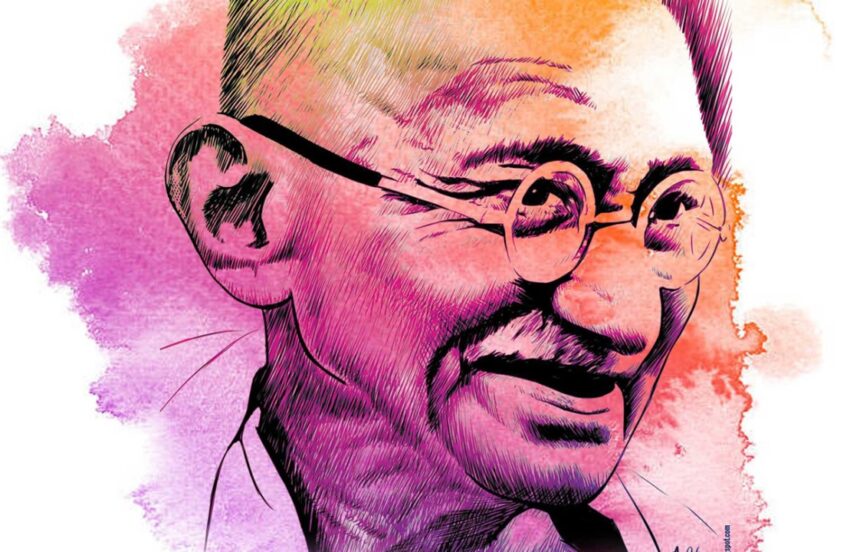At first glance, Yahya Sinwar, the Hamas leader in Gaza until his reported death in 2024, and Mahatma Gandhi, the iconic leader of India’s independence movement, might seem to operate on entirely different moral and strategic planes. Their leadership styles, ideologies, and the methods they employed in their respective struggles present a stark contrast.
Ideological Foundations
Gandhi is universally recognized for his philosophy of non-violence (*Ahimsa*) and civil disobedience (*Satyagraha*). His approach was rooted in the belief that moral superiority could awaken the conscience of the oppressor, leading to voluntary change. Gandhi’s methods included fasting, peaceful protests, and a refusal to cooperate with unjust laws, all aimed at achieving political and social progress through peaceful means.
Yahya Sinwar, on the other hand, rose through the ranks of Hamas, an organization designated as a terrorist group by several countries, which does not shy away from armed resistance. Sinwar’s ideology was shaped by the context of occupation, conflict, and resistance. His leadership endorsed, at times, violent tactics as a means to confront what he perceived as an existential threat to Palestinian identity and sovereignty. This approach inherently embraces a form of resistance where violence is seen as a necessary tool.
Leadership Style
Gandhi’s leadership was inclusive and aimed at bridging divides, even attempting to maintain Hindu-Muslim unity in India, which ultimately saw limited success but was a cornerstone of his philosophy. His life was an open book, often living among his followers, symbolizing simplicity and a direct connection with the common man.
Sinwar, conversely, operated from a place of secrecy and military strategy due to the nature of his role within Hamas. His leadership was characterized by a more authoritarian approach, necessary perhaps in the context of leading an insurgent group where hierarchy and command are vital for survival. His life in the shadows, both as a strategy against assassination attempts and as part of his operational security, contrasts sharply with Gandhi’s openness.
Goals and Outcomes
Gandhi sought independence through unity and moral righteousness, envisioning a secular India where all religions could coexist peacefully. His methods led to India’s independence but also to the tragic partition into India and Pakistan, reflecting the complexities of his peaceful approach when faced with deep-seated communal tensions.
Sinwar’s goals were narrower in scope, focusing on Palestinian liberation and the right of return, often expressed through conflict. His leadership during various escalations, including the significant attack in October 2023, aimed at putting Palestinian issues on the global stage through force, leading to cycles of violence rather than long-term peace or widespread moral awakening among his adversaries.
Legacy and Perception
Gandhi left behind a legacy of non-violent resistance that inspired civil rights movements worldwide. Despite his imperfections, he’s revered as a figure who tried to elevate human morality.
Sinwar’s legacy, as reflected in posts on platforms like X, is more contentious. To some, he’s a symbol of resistance against occupation, akin to freedom fighters. To others, his methods and the organization he led are synonymous with terror, exacerbating the cycle of violence rather than breaking it.
Conclusion
The comparison between Yahya Sinwar and Mahatma Gandhi illuminates two fundamentally different approaches to conflict resolution and leadership. While Gandhi’s methods were built on the foundation of non-violence and moral transformation, Sinwar’s strategy was shaped by the immediacies of armed struggle and survival in a hostile environment. Their lives and methods reflect the profound differences in their circumstances, ideologies, and the outcomes they pursued, showcasing how leadership in resistance can manifest in diametrically opposed ways.
